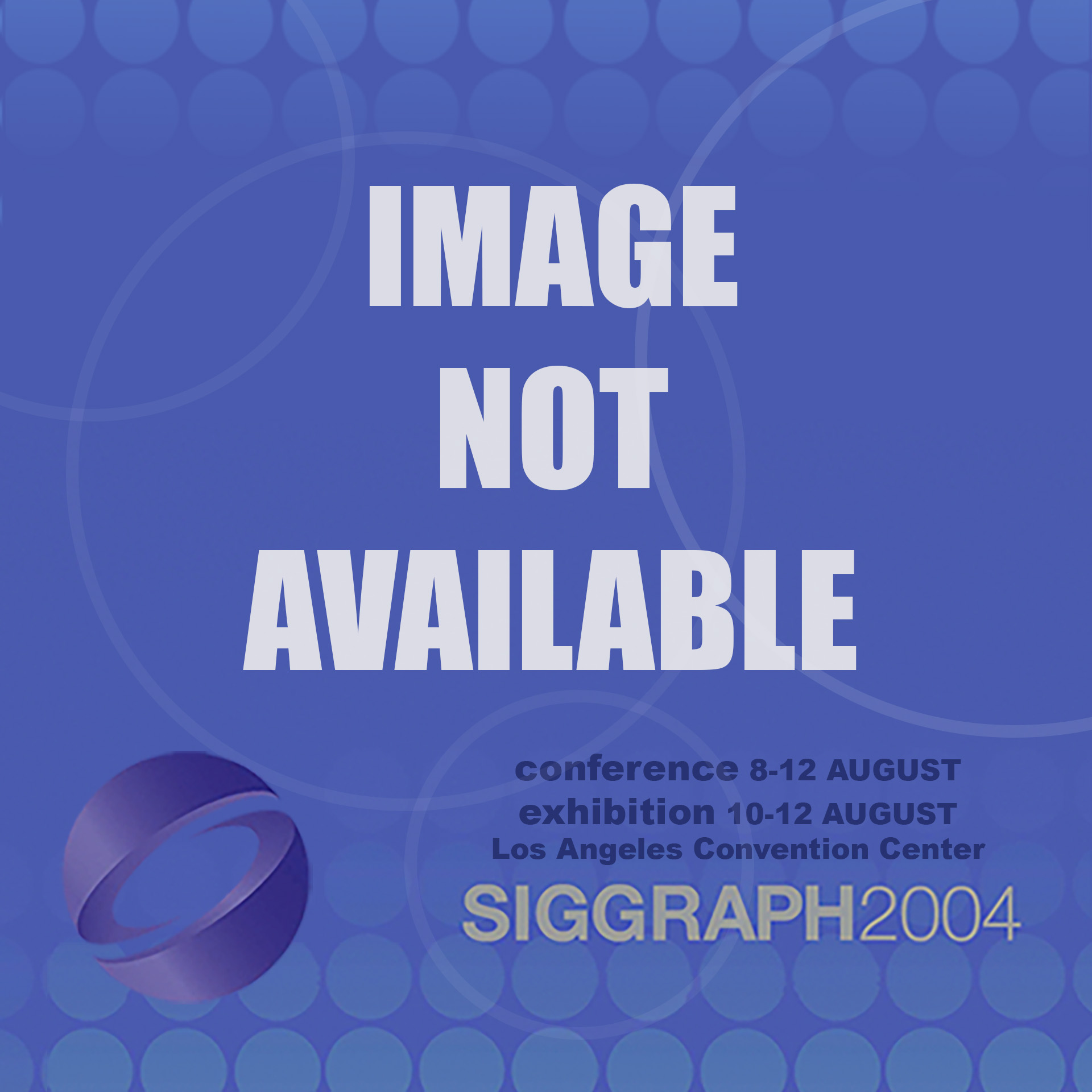“Museum security enhanced using genetic algorithms and virtual reality” by Laneri and Renaux
Conference:
Type(s):
Entry Number: 065
Title:
- Museum security enhanced using genetic algorithms and virtual reality
Presenter(s)/Author(s):
Abstract:
Interior intrusion detection design systems assimilate a number of technologies. Among these are cameras, motion sensors, and laser beams [Sec 2002]. In this paper, we concentrate on the automatic placement of stationary laser beams. This problem has never been tackled in this form because of the scope involved and also insurance companies who ask their customers to use specific methods (expensive walls of laser beams for example [Art 1993-1994]).
Here we present one (RLM) which can handle these two aspects. First, we use an approximation algorithm which produces close to optimal solutions and makes no assumption about the space under study : a genetic algorithm. Secondly, we submit these solutions to an expert who can analyse them in a virtual world we created. Thus, we take into account the three key points in the art of alarms paradigm : security, profitability and experts’ knowledge.
References:
1. 1993-1994. Museum security : the art of alarms. Tech. rep., S. R. Keller and Associates.
2. Goldberg, D. E. 1989. Genetic Algorithms in Search, Optimization, and Machine Learning. Addison-Wesley.
3. O’Rourke, J. 1998. Computational Geometry in C. Cambridge University Press.
4. 2002. Interior intrusion detection system for security enhancement. Tech. Rep. 5248, ER One.




